
Destination
19:17, 17-Feb-2019
Nanjing: Free visits of scenic highlights, 2019
Geng Siyuan
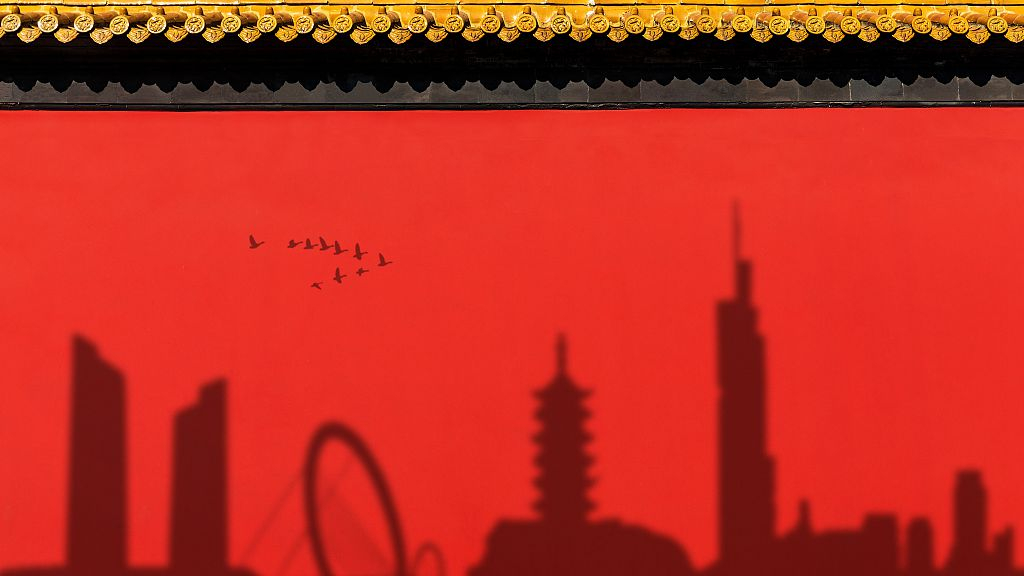
Nanjing, the provincial seat of south China's Jiangsu, has released a list of 47 tourism spots that offer free entrance on certain days this year, among which 18 falls between May 16 to May 21.
Eight museums including Nanjing Museum, Liuchao Museum and Jiangning Imperial Silk Manufacturing Museum, are free for touring on May 18, as it is the International Museum Day. China Tourism Day falls on May 19. Therefore spots including the famous Confucian Temple and Yuyuan Garden, which we will introduce later, are all free to enter that day. Still, there are three other recommendations: Jiangning Imperial Silk Manufacturing Museum as mentioned earlier, Qixia Mountain and the Swallow Rock.
Qixia Mountain, April 22
Mt. Qixia is located in northeastern Nanjing, with the Yangtze River in its north. Although the red leaves in autumn are one of the things the mountain is famous for, it's still pretty during springtime with its mirror lake and Qixia Temple.

Spring in Mt. Qixia. /VCG Photo
Spring in Mt. Qixia. /VCG Photo
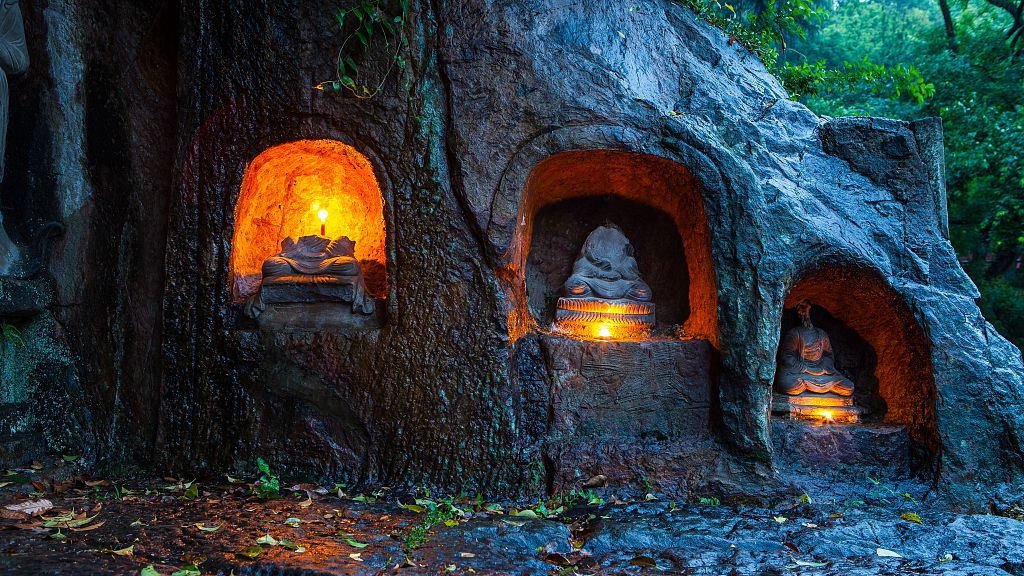
Ancient sculptures in Mt. Qixia. /VCG Photo
Ancient sculptures in Mt. Qixia. /VCG Photo
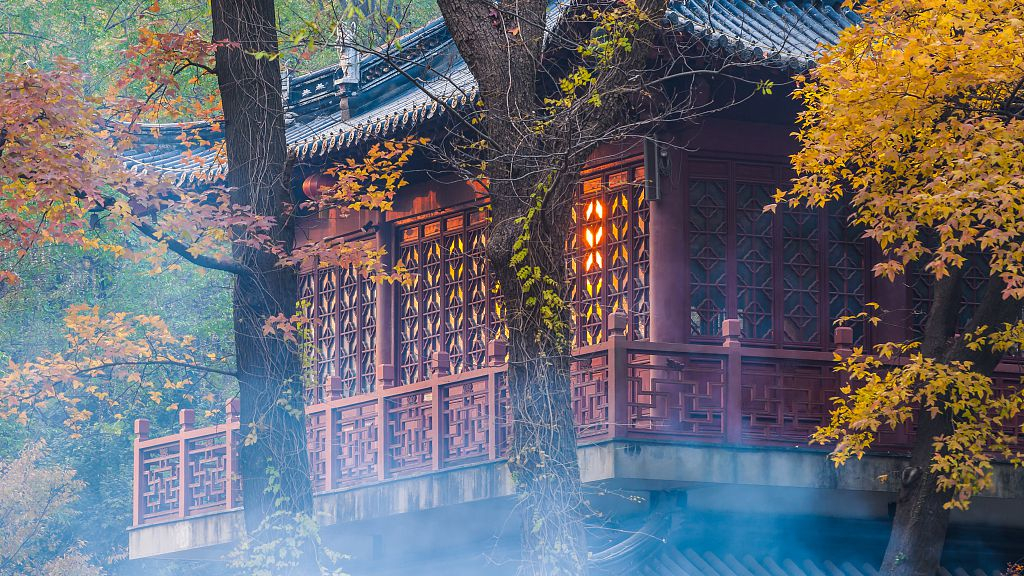
Qixia Temple. /VCG Photo
Qixia Temple. /VCG Photo
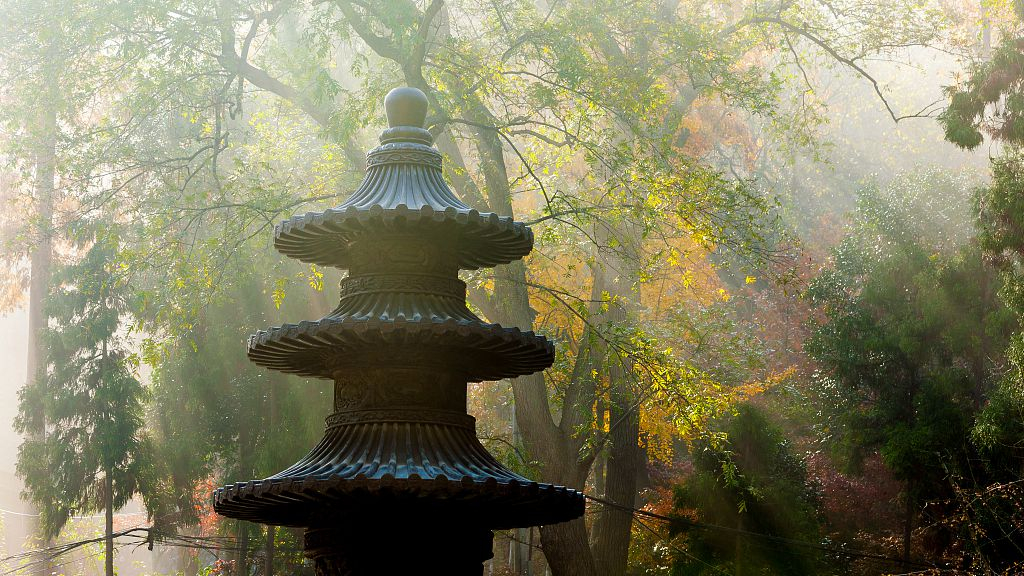
Mt. Qixia at dawn. /VCG Photo
Mt. Qixia at dawn. /VCG Photo
Jiangning Imperial Silk Manufacturing Museum, May 18
This museum is a quiet place in the noises of the city. Established in 2003, it is situated in the ruins of "Jiangning Imperial Silk Manufacturing" of the Qing Dynasty (1644-1911), a government-run institution specialized in the production of silk fabrics for the exclusive usage of royal families and officials.
For Qing royals, this was, for a short time, their "hotel" when they made trips to the south. Cao Xueqin, writer of the famous Chinese classic, "Dream of the Red Chamber," was born here.
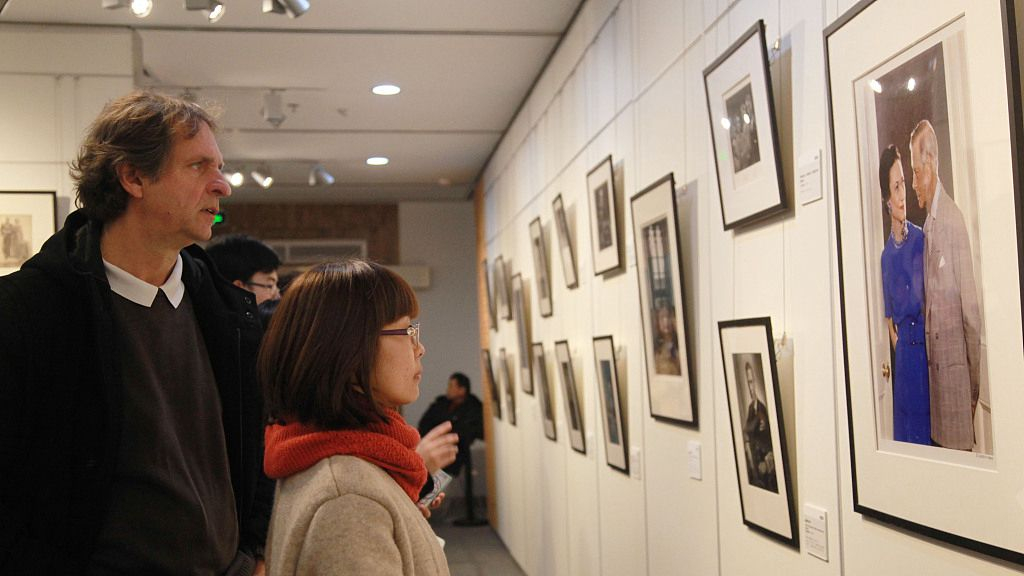
Works of Yousurf Karsh. /VCG Photo
Works of Yousurf Karsh. /VCG Photo
Confucian Temple, May 19
Confucian Temple was built to honor the great ancient Chinese philosopher Confucius. It is located on the bank of the Qinhuai River in the south of Nanjing, acompanied by the Imperial Academy and the center for the imperial examination).
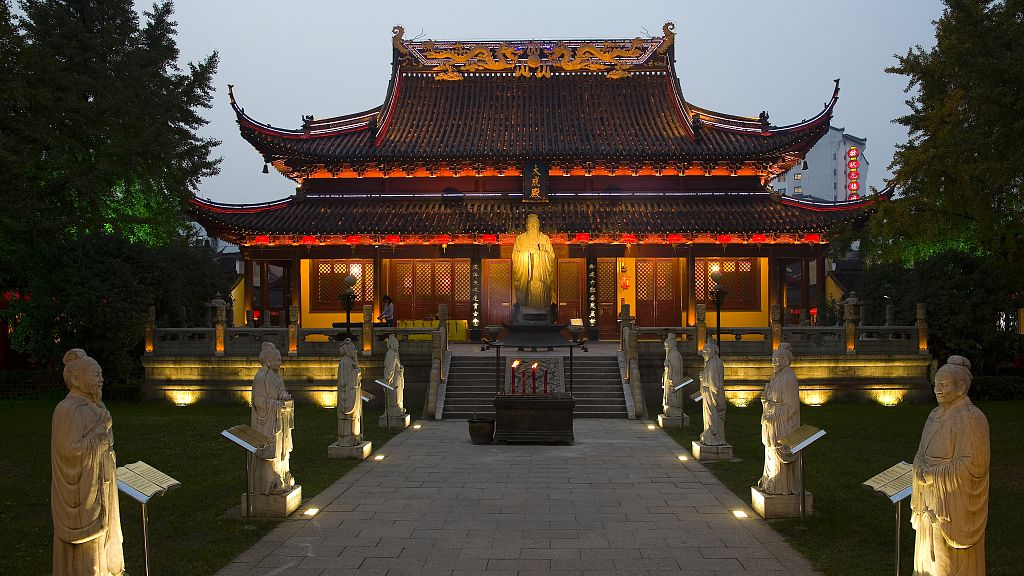
Confucian Temple. /VCG Photo
Confucian Temple. /VCG Photo
Yuyuan Garden, May 19
In Chinese, "yu" means foolish, and "yuan" means garden. It initially belonged to a man named Hu Enxie, who achieved great success as a politician in the Qing Dynasty. He resigned right after his career's zenith, came back home and named his property as "yu", suggesting that he meant to be smart by making moves that aren't very smart on the first look.

Yuyuan Garden. /VCG Photo
Yuyuan Garden. /VCG Photo
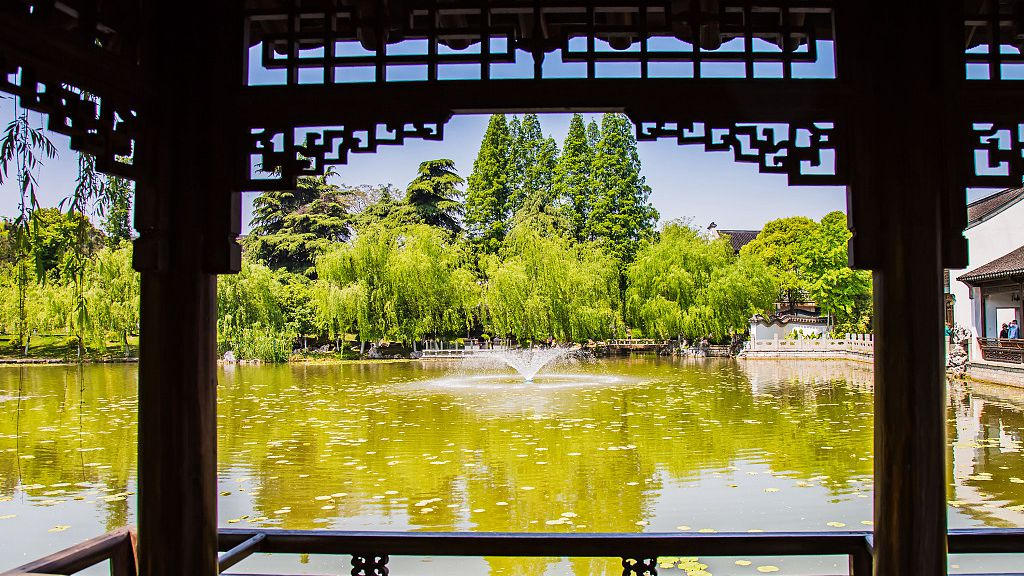
The lake in Yuyuan /VCG Photo
The lake in Yuyuan /VCG Photo
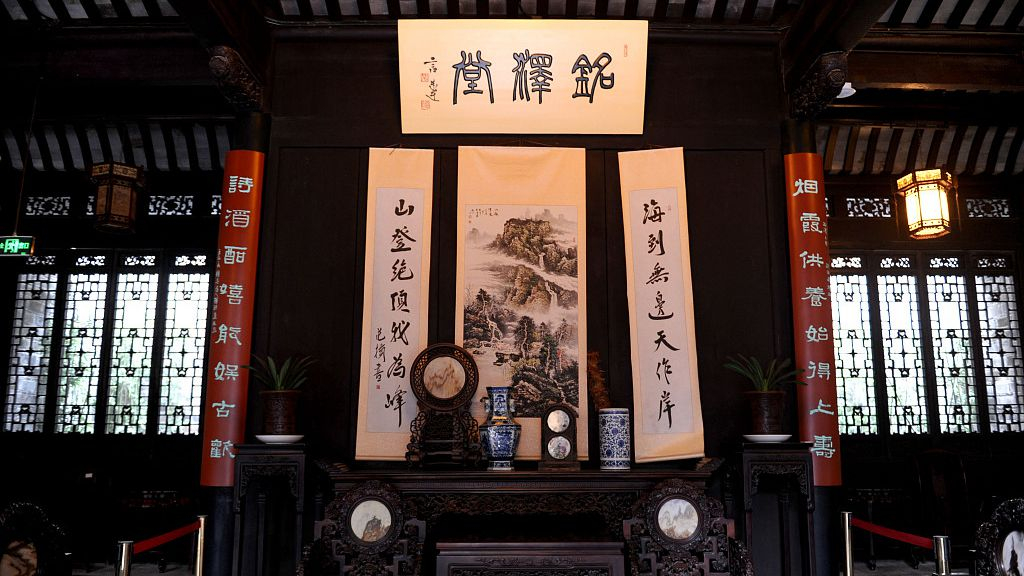
Inside of a house in Yuyuan /VCG Photo
Inside of a house in Yuyuan /VCG Photo

A view of Yuyuan /VCG Photo
A view of Yuyuan /VCG Photo
Swallow Rock, December 13
Swallow Rock is a scenic area in the northwest of Nanjing. It was so named from its shape like a swallow. It is said that Li Bai, an eminent poet, was once inspired by this place for his poem. This is also where the Japanese invaders slaughtered the citizens of Nanjing during the Nanjing Massacre in 1937-38, thus a monument for the victims.
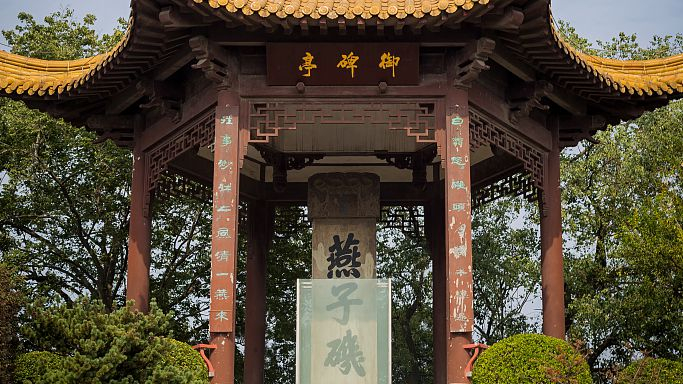
A pavilion at "Swallow Rock". /VCG Photo
A pavilion at "Swallow Rock". /VCG Photo

A lake view of the Swallow Rock at dawn /VCG Photo
A lake view of the Swallow Rock at dawn /VCG Photo

SITEMAP
Copyright © 2018 CGTN. Beijing ICP prepared NO.16065310-3
Copyright © 2018 CGTN. Beijing ICP prepared NO.16065310-3